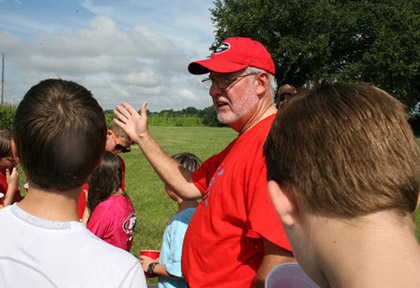 CAES News
CAES News
Feed My School For a Week
Georgia apples, peaches, corn, beef and other locally grown food will be part of the curriculum for Colbert Elementary School students in Madison County as part of the Feed my School for a Week program, Sept. 23-27.

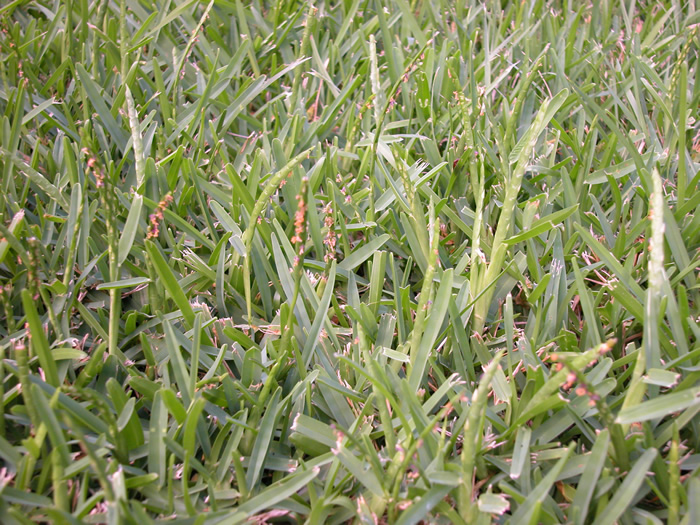
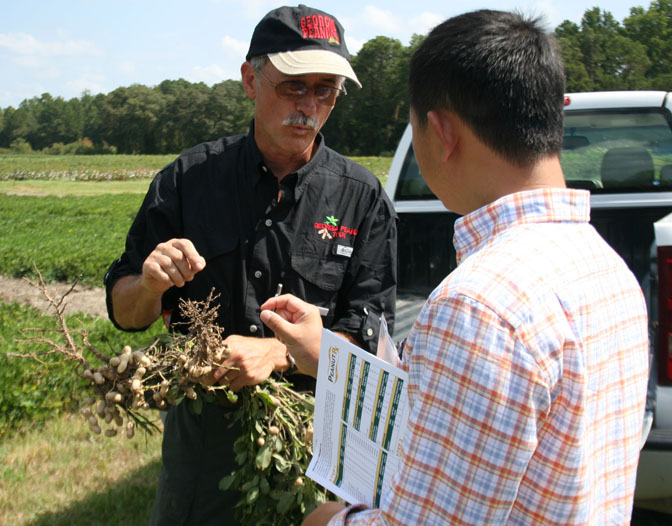
.jpg)

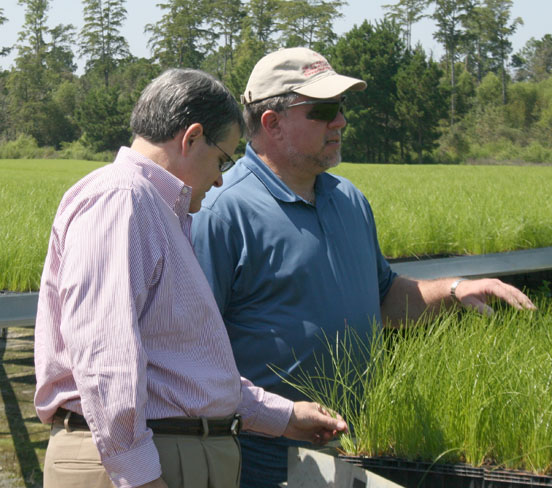
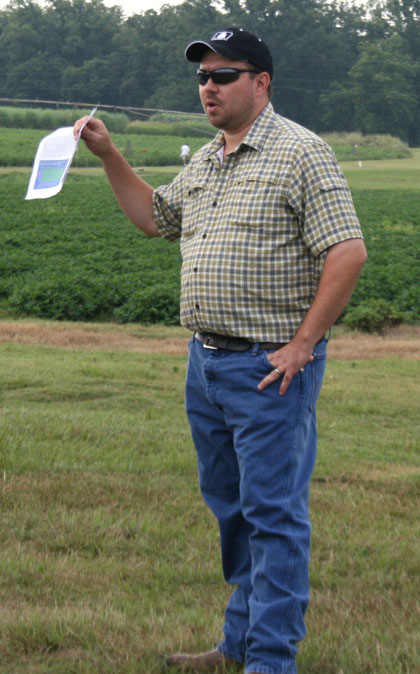
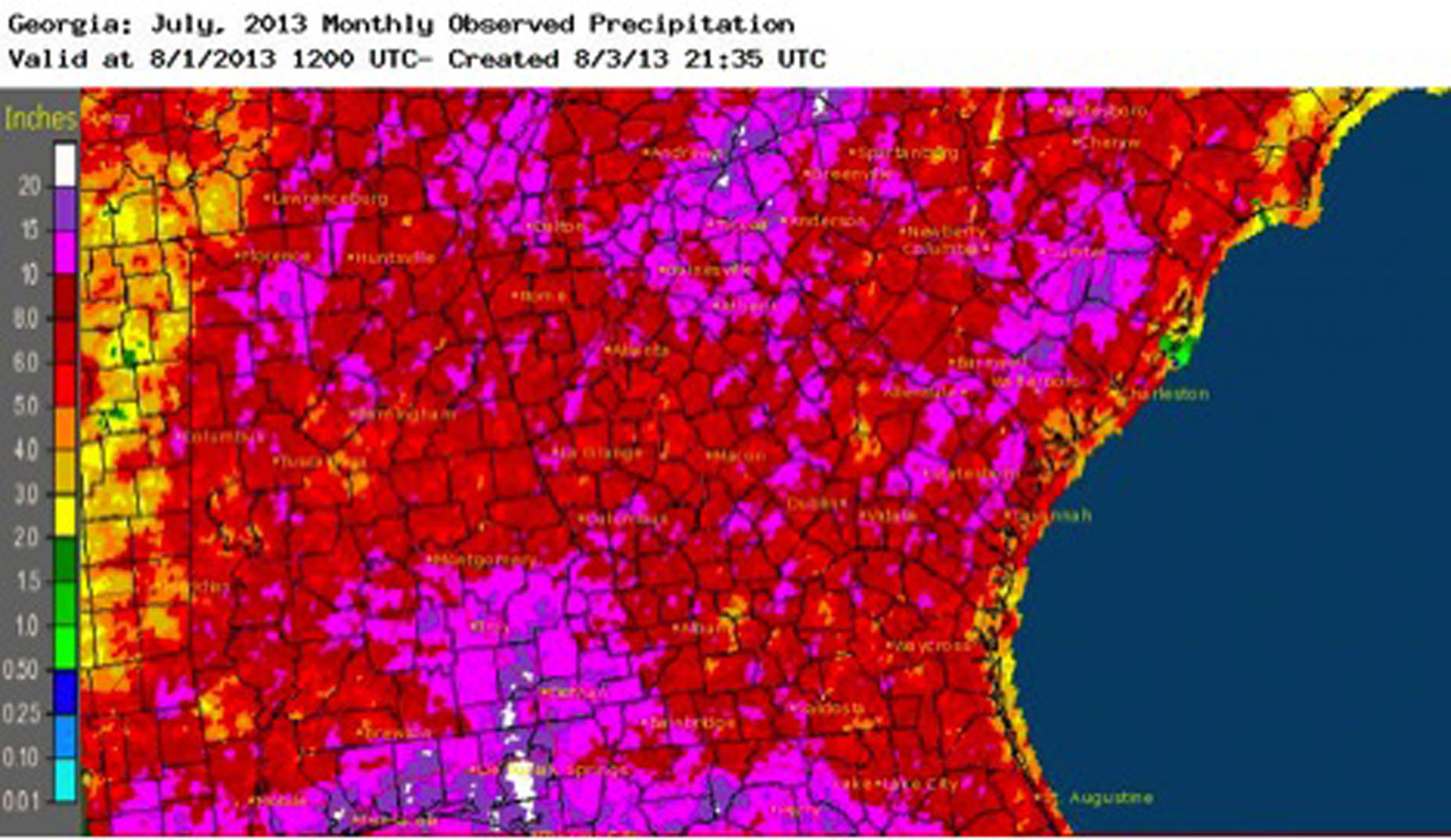
.jpg)
